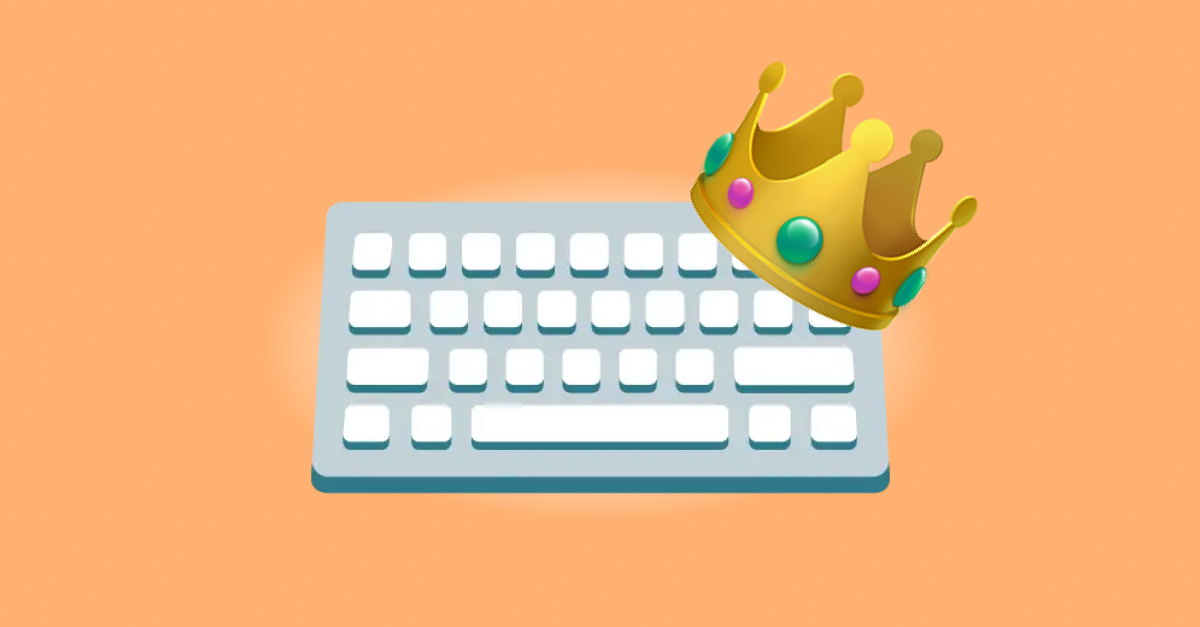
Keyboard is King
In the golden age of GUIs, the mouse reigned supreme. We clicked, dragged, hovered—our hands living on the scroll wheel and our eyes dancing from cursor to icon. But in today’s world of AI interfaces, a subtle shift is underway: the keyboard is reclaiming its crown, and voice input is emerging as a powerful ally.
The mouse
Traditionally, the mouse was the go-to input for everything from browsing to designing. It offered precision, spatial navigation, and intuitive visual selection. But that dominance came with context switching—lifting your hands from the keyboard, breaking flow, scanning with your eyes to find a button.
Researchers have long debated the keyboard-vs-mouse debate (Dan Luu). While mouse input feels natural for point-and-click tasks, it falters in speed when compared to keyboard shortcuts, scripting, or language-based operations—especially in productivity-heavy or text-based tasks.
The keys comeback
Today, most AI interfaces—from ChatGPT to Copilot to Notion AI—start with a blinking cursor. Whether it’s a chat box, a document, or a code editor, the keyboard is the front door to generative power.
Why?
- Intent expression: Natural language is how we best express complex ideas. Typing lets us spell out nuance, step by step.
- Flow optimization: Tools like GitHub Copilot, Cursor, and Lex integrate AI suggestions right where your hands already are—on the keyboard.
- Hardware resurgence: Microsoft even added a Copilot key—a physical keyboard key that summons AI across Windows 11 machines.
Even on phones, AI-powered keyboards like SwiftKey, Grammarly, and Samsung’s Galaxy AI rewrite, rephrase, translate, and polish your text as you type—no need to lift a finger off the keys.

The mic speaks up: Voice as a rising input
But what if you don’t want to type at all?
That’s where voice comes in—fast, expressive, and increasingly accurate thanks to AI.
-
Speed advantage: Speaking is naturally faster than typing for most people. A user might say a 200-word message in 90 seconds, but it could take 3–5 minutes to type.
-
Emotion + tone: Voice captures inflection, urgency, and tone in ways typed text often struggles to. AI now transcribes and interprets those signals more effectively than ever.

Key takeaways
-
Designers need to rethink workflows: not just buttons and modals, but entry points for language, speech, and intelligent suggestions. We need to update interface patterns—understand how to integrate AI triggers into typing workflows without disrupting users.
-
Power users can increase productivity by blending voice (for fast drafts) with keyboard (for refinement and control).
Want to Chat more?
Reach out over LinkedIn
Rahul Rahate